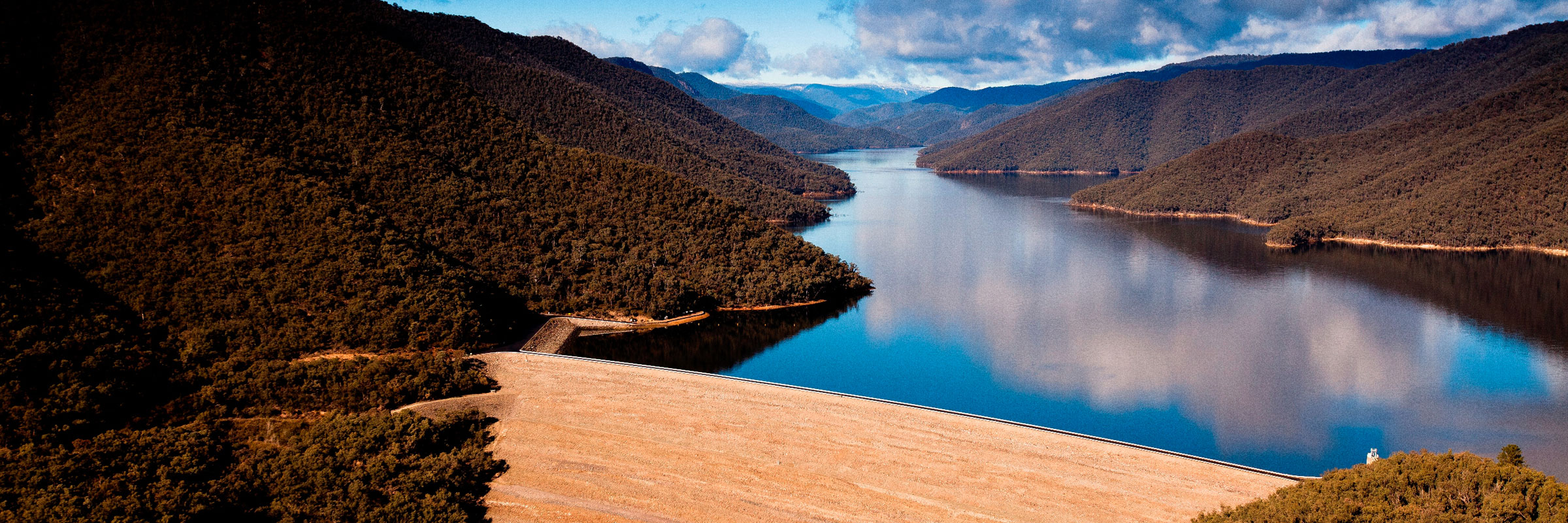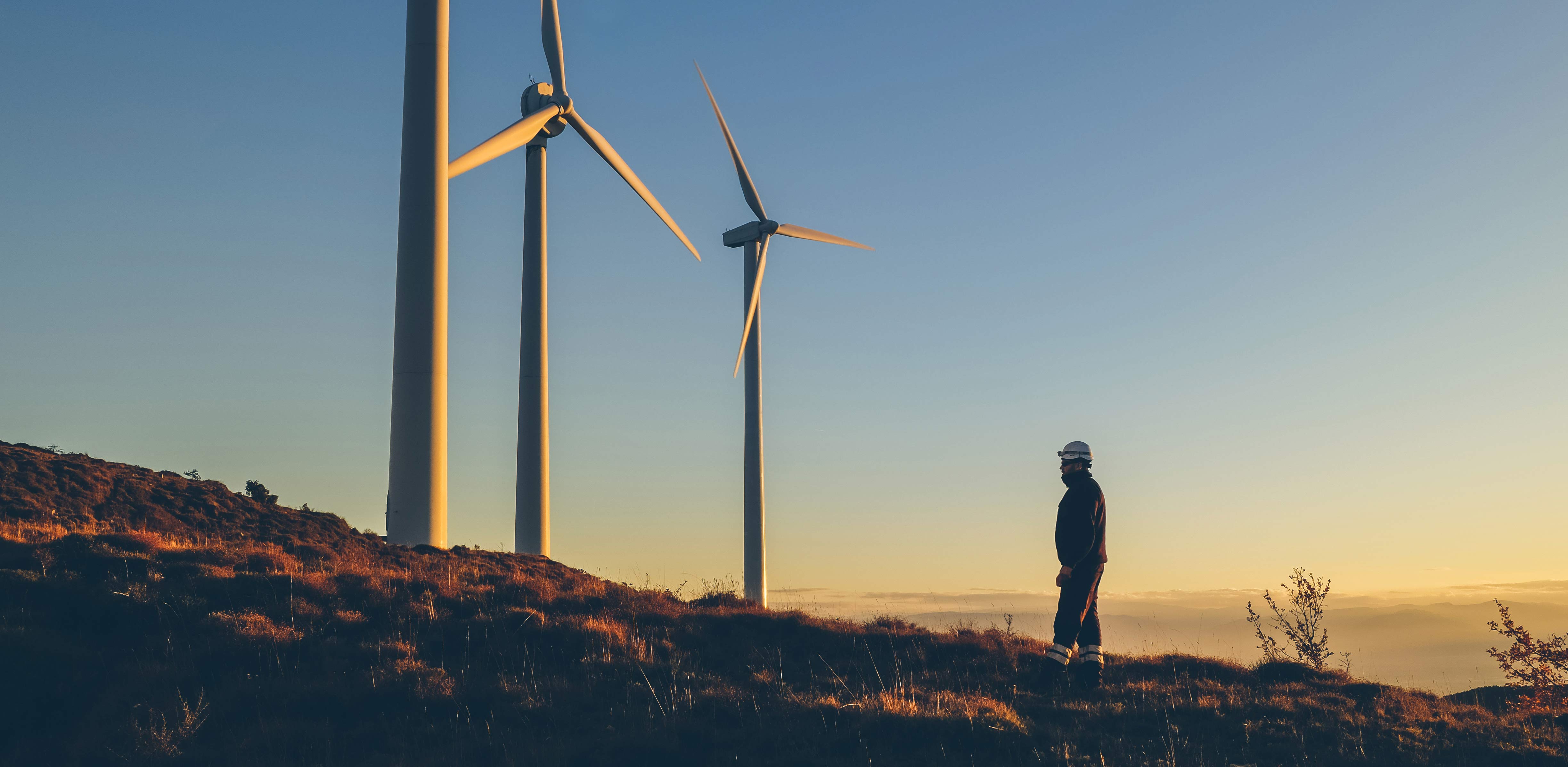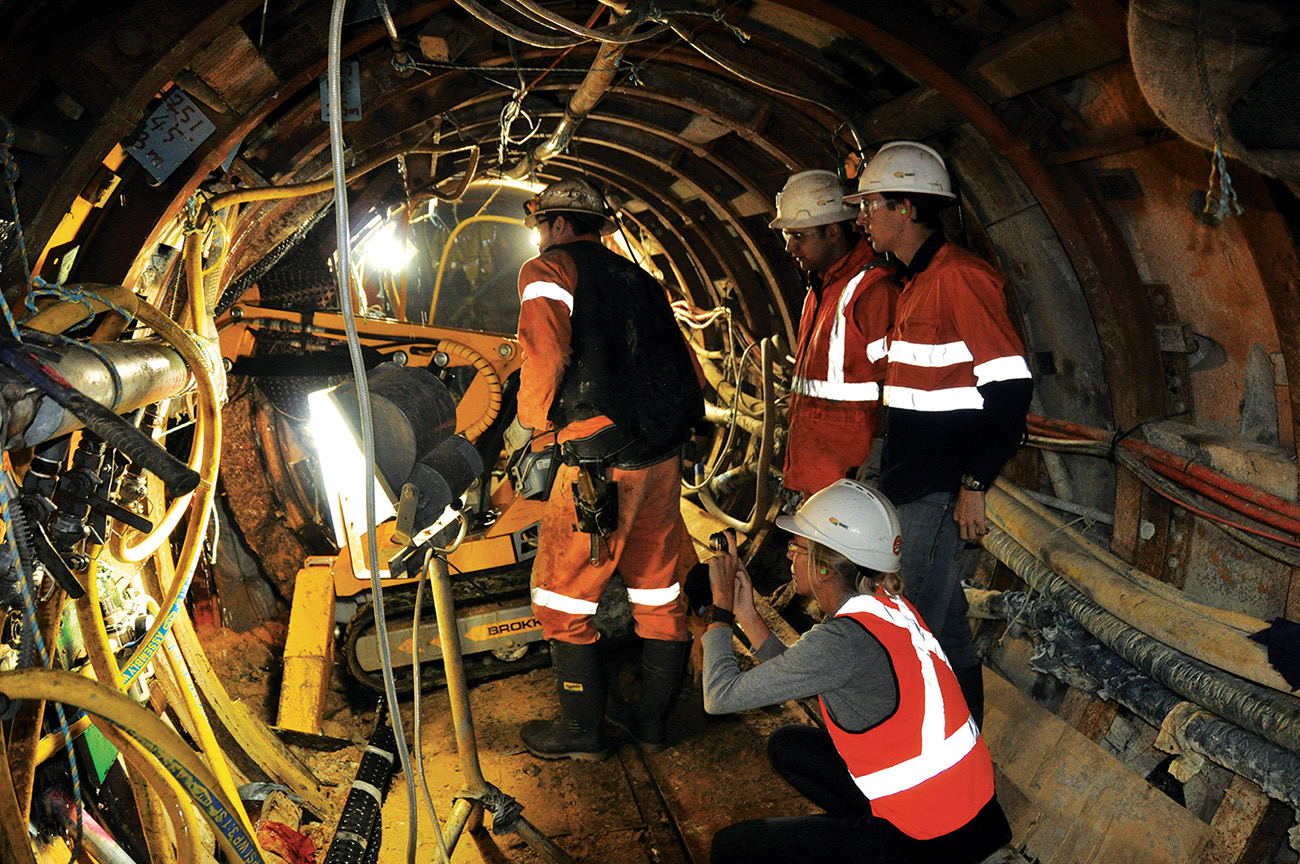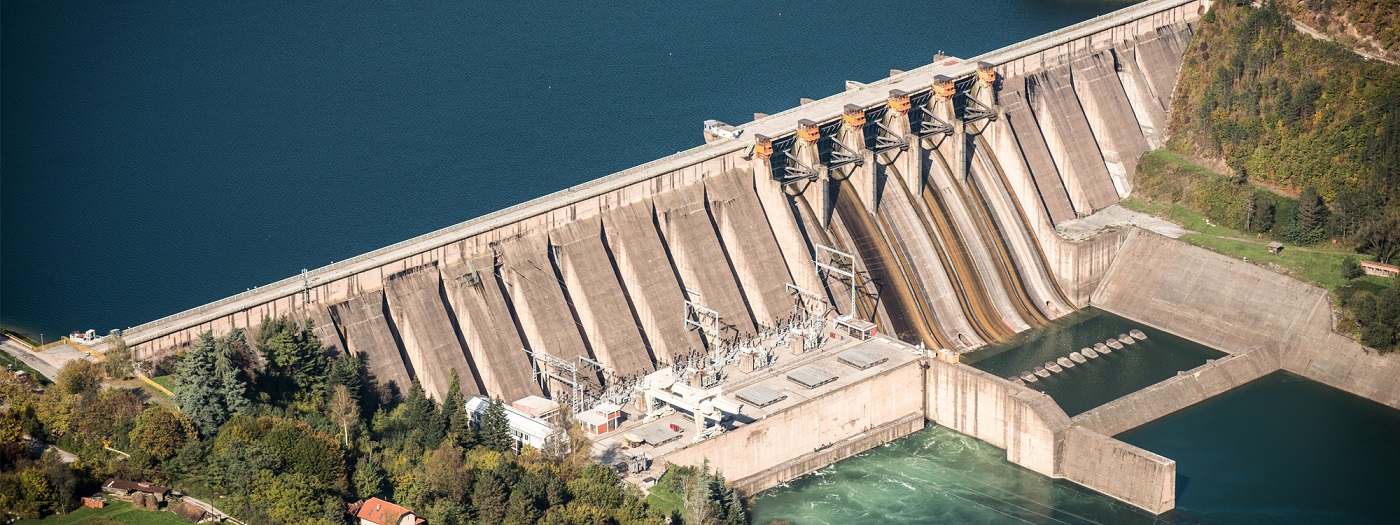
With over 27km of waterways designed to withstand extreme water pressures, Snowy 2.0 is a nationally and internationally-significant project being built by Snowy Hydro’s principal contractor Future Generation Joint Venture, a partnership between Italy’s tunnelling expert Webuild (formerly Salini Impregilo), Australian construction company Clough and US-Based Lane.
In 2017, SMEC was engaged by Snowy Hydro Ltd to conduct the feasibility study, subsequent reference design and tender assessment. Following the successful approval of the project, SMEC’s technical specialists have been engaged as the Owner’s Team for the project, providing technical advice from internationally recognised specialists and engineering support to help deliver this iconic and innovative renewable energy scheme.

The Snowy 2.0 project site is situated within a complex alpine geological and hydrogeological area. This presents significant geotechnical uncertainties for construction, making it difficult to accurately predict construction time and costs.
At Snowy Hydro’s request, SMEC’s tunnelling and geotechnical specialists developed an innovative ‘balanced’ Geotechnical Baseline Report (GBR) which was incorporated into the construction contract. The GBR sets out geotechnical risk-allocation mechanisms with an aim for a fair and balanced allocation of geotechnical risks between the owner of the project and the contractor.
Whilst the use of GBRs for risk allocation is a widely accepted practice in the tunnelling industry, SMEC has expanded upon this methodology to include a baseline of items of work, as suggested in the FIDIC Emerald book Contract form for Underground Construction, which is being used as the basis for remeasurement and adjustment of construction costs and time. In this ‘balanced’ GBR model, the time for project completion can be extended if the conditions are more onerous than described in the GBR or reduced if ground conditions are more favourable.
 Australia’s renewable energy sector - 2019 and beyond
Australia’s renewable energy sector - 2019 and beyond
A fifth of the world's energy consumption was supplied by renewables in 2018 and research has shown that global renewable power capacity could provide more than a quarter of the world's electricity within the next few years.
 Digging deep - what it takes to be a global tunnelling expert
Digging deep - what it takes to be a global tunnelling expert
Digging deep - what it takes to be a global tunnelling expert






